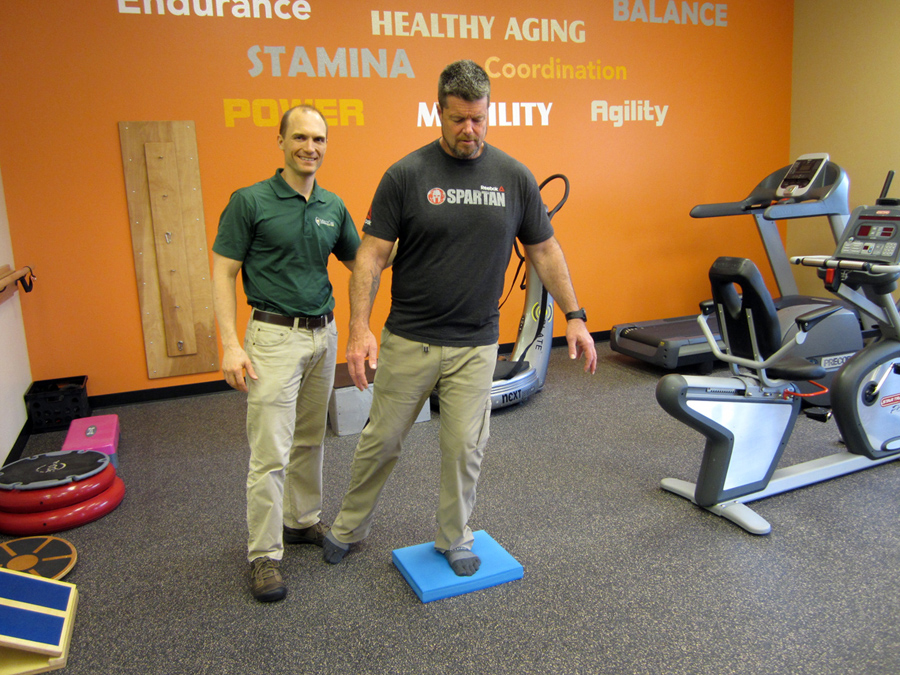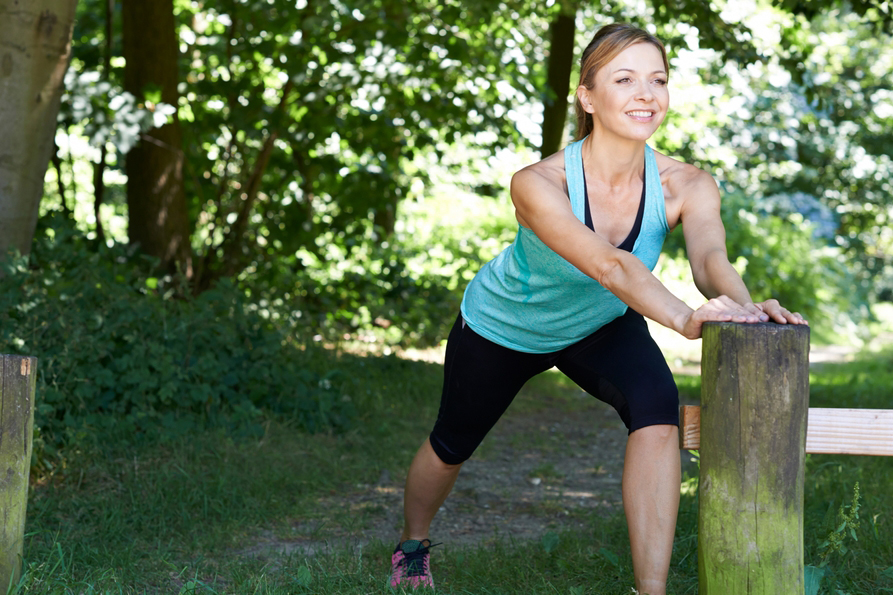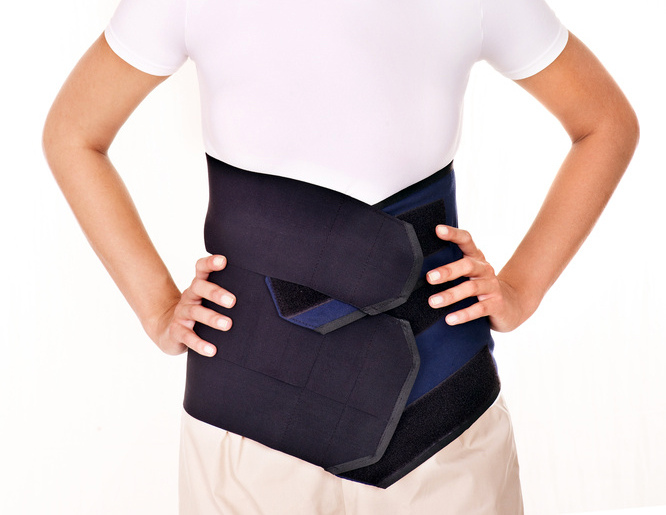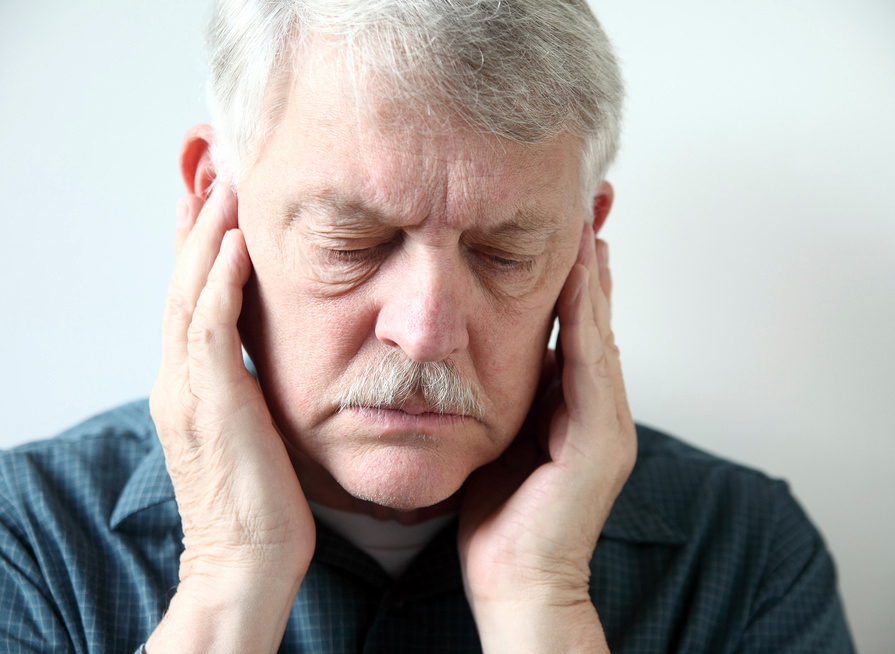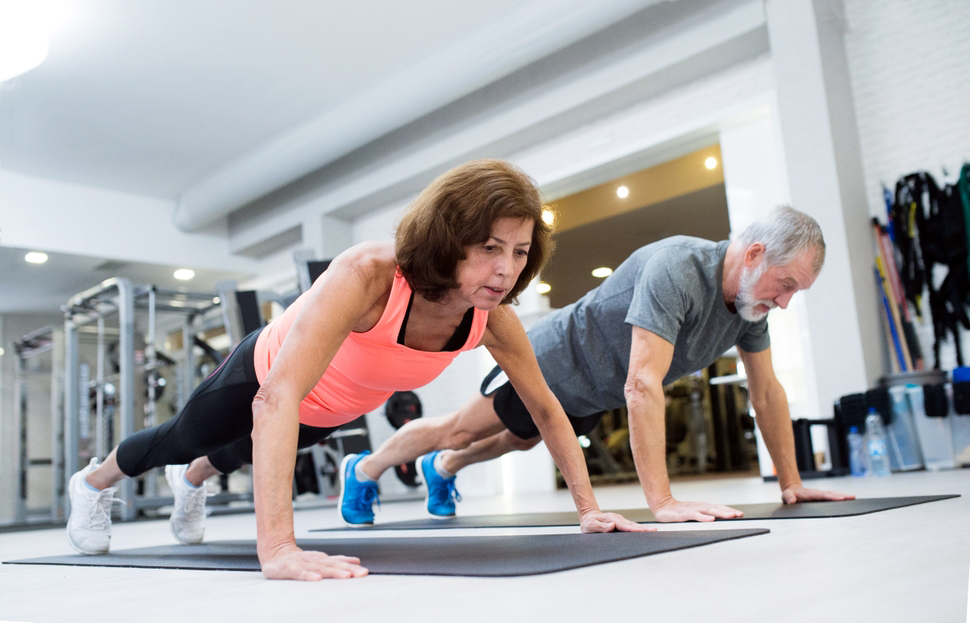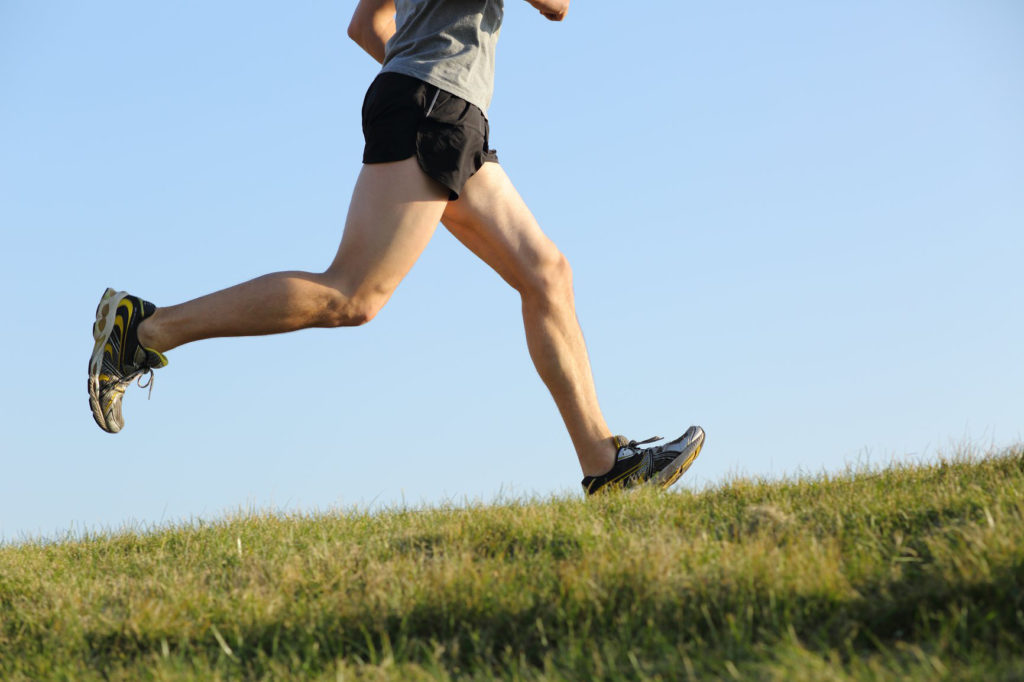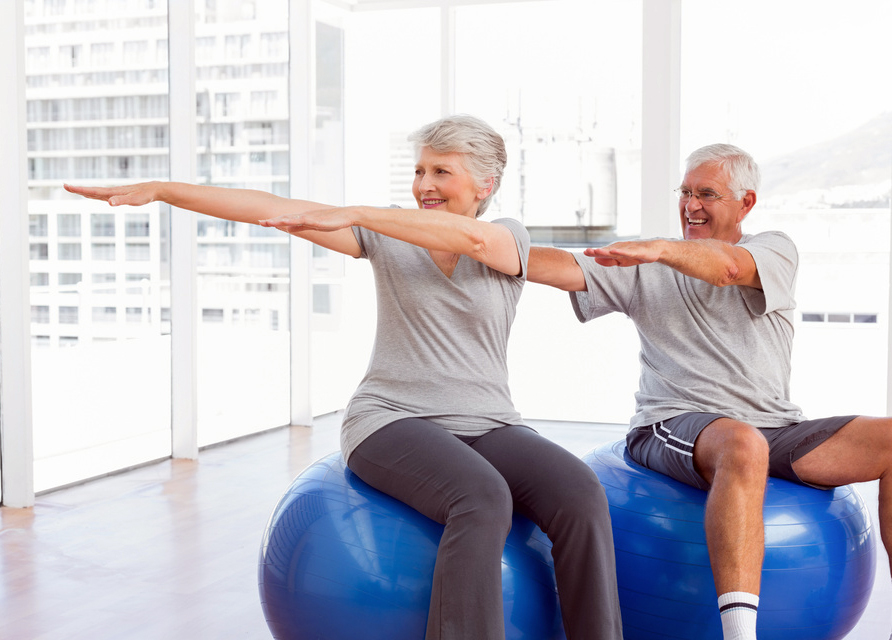Q. How in the world do you find the right pillow? I have tried so many, and none of them are comfortable. They are all hurting my neck! Could you please share some tips on what I should be looking for in a pillow? Thanks! -Aimey
A. Great question, Aimey! Finding the right pillow is arguably just as difficult as finding the right bed. Neither process tends to be easy. A poorly fitted pillow can be a big problem as it can often lead to many potential issues such as neck pain, headaches, and poor sleep. Ideally, you will find a pillow that works best for your needs.
A properly fitted pillow can help address the following issues:
- Neck pain
- Tension headaches
- Poor sleep quality
- Mechanical breathing related issues (such as snoring)
- Allergy related issues (the pillow’s filling or fabric can make this worse)
- Acid reflux
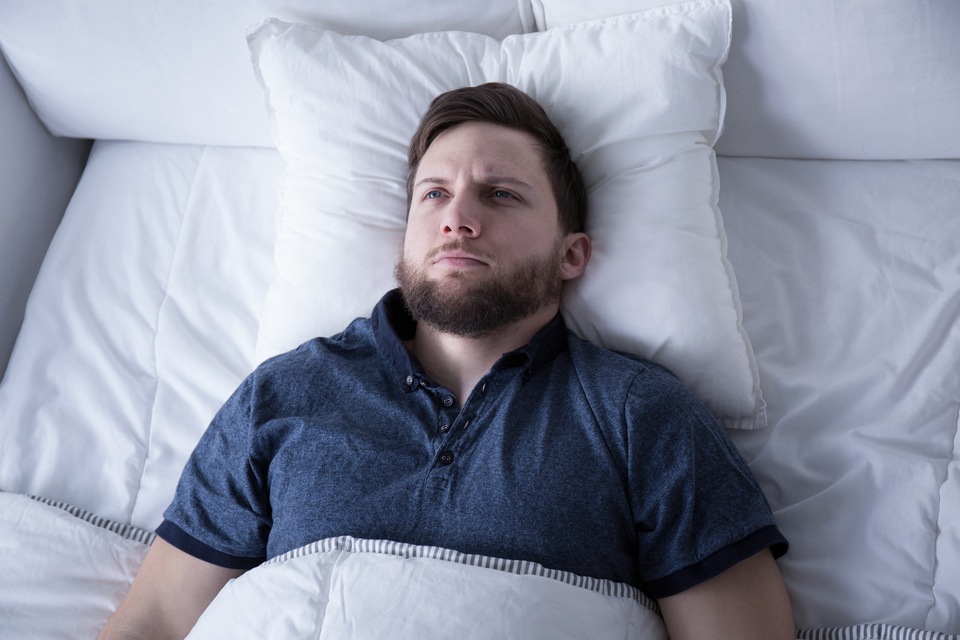
So how do you actually choose the right pillow? Follow this 5-step process to narrow down the choices in order choose a comfortable pillow that best fits your preferences.
Step One
The first step to choosing the right pillow is to determine your preferred sleeping position. Are you a side sleeper, back sleeper or stomach sleeper? This doesn’t mean that you don’t move around. Determine what position you spend the majority of your time in when sleeping in bed.
Step Two
Once you have determined which position you sleep in the most, choose the general shape and thickness of the pillow. This is important because you want the pillow to support your neck and head. We are all different shapes and sizes. Depending on the shape and anatomy of your upper back, neck, and head, the pillow shape and size vary.
As a rule of thumb, a person who sleeps on his/her side will need a slightly thicker pillow. This is also true if a person has a larger kyphosis of the thoracic spine–meaning that the shoulders are more rounded, and the upper back has also started rounding. This causes the head to move forward so that the head, neck, and shoulders are not in a neutral position. In this case, you will also need a thicker pillow.
Thicker pillows that prop your head up more can also be helpful in reducing snoring and even acid reflux. For acid reflux, it may be more beneficial to slightly tilt the entire bed up 5-10 degrees so that your head is higher than your feet. A thicker pillow may also be helpful to prop your head up if you are suffering from a head cold as you may breathe a little better if your nose is stuffy.
In general, you want a pillow that allows for the proper positioning for the neck so that your neck and head remain in the most neutral position possible. The pillow should assist your neck in keeping its natural curvature. This is critical for anyone suffering from neck pain and tension type headaches.
Side sleepers need a little more thickness to insure that your head is supported in a neutral position while back sleepers will want a thinner pillow. Depending on your neck, you may actually want a small cushion or roll used right along the neck to give extra support.
Step Three
Choose the shape of the pillow. There are many different kinds and shapes of pillows. There is the traditional shaped pillow. Nowadays, you can find a pillow in almost every shape. The idea is to find the shape that accommodates your personal sleeping style.
For me, I have a pillow that is shaped as a rectangle but the sides are thicker than the middle. The two different width neck rolls on top and bottom provide a custom fit for my neck. It’s like having a flat pillow when I sleep on my back, yet support when I sleep on my side. This particular design allows my neck to stay in a neutral position whether I am on my back or side sleeping.
Step Four
Choose your filling. There are many different types of fillings available. Each one is designed to address a certain need regarding shape and comfort as well as for personal preferences or medical necessity. The type of filling is also important to consider when you are deciding if you want a firmer or softer pillow. This is mostly preference as long as you stick to the rule that on average you want your head and neck to remain in a neutral position. However, if you have a larger thoracic kyphosis or other medical reason you may need your head more propped up.
Types of fillings include but aren’t limited to:
- Down or feather pillows made from the inner plumage of geese or ducks
- Wool
- Cotton
- Latex
- Memory foam
If you experience any allergy related issues, first consider the pillow’s filling or fabric to make the appropriate choice for you.
Step Five
In this final step, you have determined your typical sleeping position, which allowed you to choose the proper style, shape, and fit for your head and neck. You want to keep your head and neck in a neutral position if possible. You have decided on the type of filling and basic firmness level. Now it’s time to trial different pillows to determine your personal preference and to actually find a brand/style that most directly fits and accommodates for all of your needs.
It’s always best to actually lay down and trial a pillow before buying it. Lay with the pillow as if you are actually going to sleep. Place it and yourself in your typical sleeping position. Does it address all of your needs? Is it comfortable?
If you can’t lay down with it, then even finding a wall to mimic lying down may be beneficial.
Typically, you will need to sleep with a new pillow for several nights before determining whether or not the pillow will work out. If you wake up with neck pain, headaches or have any other breathing or sleeping difficulties associated with the pillow, then throw that pillow on the guest bed and try the 5-step process again.
Thanks for the question, Aimey! Finding the right pillow that fits your particular body shape and needs can be a challenge. When you find the right one, you will be rewarded with restful and rejuvenating sleep which will be well worth it.
Do you have any tips or tricks to share when choosing the right pillow? Please leave your comments below.
If you have a question that you would like featured in an upcoming blog post, please comment below or submit your question to contact@thePhysicalTherapyAdvisor.com. Be sure to join our growing community on Facebook by liking The Physical Therapy Advisor!

